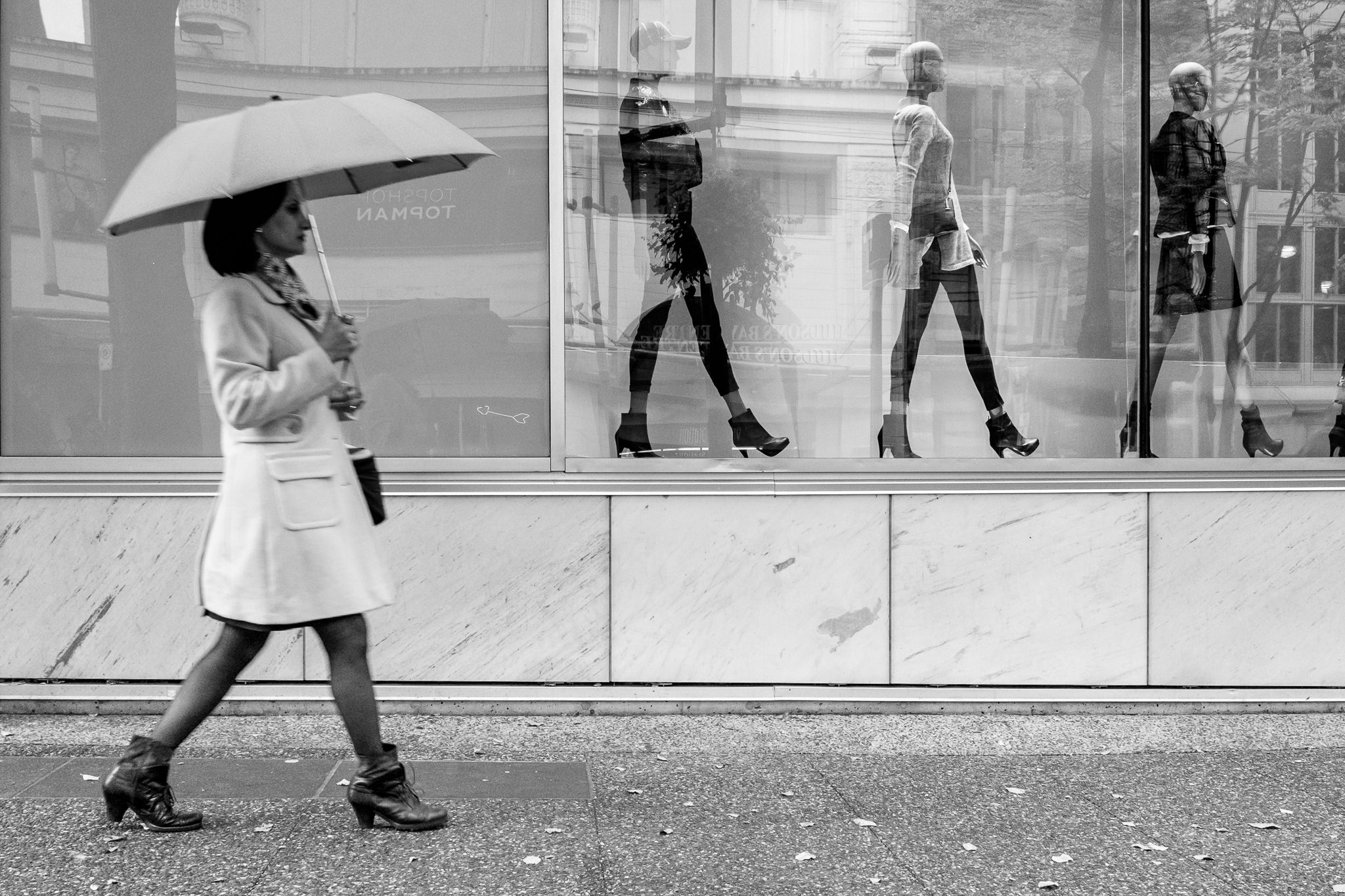All about Framing Streets
All about Framing Streets
Blog Article
Framing Streets - Questions
Table of Contents6 Easy Facts About Framing Streets ShownRumored Buzz on Framing Streets6 Easy Facts About Framing Streets ExplainedThe Basic Principles Of Framing Streets Things about Framing StreetsNot known Incorrect Statements About Framing Streets
, usually with the goal of catching photos at a crucial or touching moment by mindful framing and timing. https://celeste-canna-h2w00s.mystrikingly.com/blog/framing-streets-capturing-life-s-essence-through-street-photography.
, that was motivated to undertake a similar documentation of New York City. As the city established, Atget assisted to advertise Parisian roads as a worthy topic for photography.

The Single Strategy To Use For Framing Streets
Martin is the very first recorded photographer to do so in London with a disguised camera. Mass-Observation was a social study organisation established in 1937 which aimed to videotape daily life in Britain and to record the reactions of the 'man-in-the-street' to King Edward VIII's abdication in 1936 to wed separation Wallis Simpson, and the sequence of George VI. The principal Mass-Observationists were anthropologist Tom Harrisson in Bolton and poet Charles Madge in London, and their very first record was created as the book "May the Twelfth: Mass-Observation Day-Surveys 1937 by over 2 hundred onlookers" [] Window cleaner at Kottbusser Tor, Berlin, by Elsa Thiemann c. 1946 The post-war French Humanist School digital photographers discovered their subjects on the road or in the bistro. In between 1946 and 1957 Le Groupe des XV annually exhibited work of this kind. Andre Kertesz. Circus, Budapest, 19 May 1920 Road digital photography formed the major material of 2 events at the Museum of Modern Art (Mo, MA) in New york city curated by go to website Edward Steichen, Five French Professional Photographers: Brassai; Cartier-Bresson, Doisneau, Ronis, Izis in 1951 to 1952, and Post-war European Photography in 1953, which exported the idea of street photography globally.

Framing Streets Fundamentals Explained
, then a teacher of young children, linked with Evans in 193839.'s 1958 book,, was substantial; raw and commonly out of emphasis, Frank's photos examined conventional digital photography of the time, "challenged all the formal guidelines laid down by Henri Cartier-Bresson and Pedestrian Evans" and "flew in the face of the wholesome pictorialism and wholehearted photojournalism of American publications like LIFE and Time".
Report this page